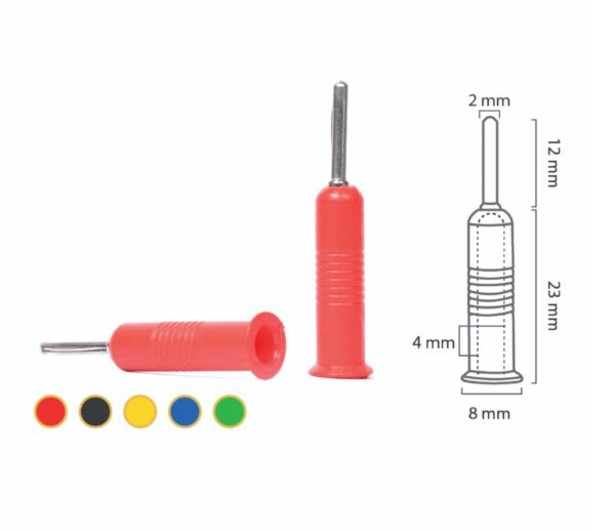The OBD II (On-Board Diagnostics II) female connector is a crucial component in modern vehicles, serving as the gateway to a wealth of diagnostic information. Since its introduction in the mid-1990s, the OBD II system has become a standard feature in all vehicles, enabling mechanics and car owners to monitor the health of their vehicles, diagnose issues, and ensure compliance with emission regulations. This article delves into the features, functions, and applications of the OBD II female connector, highlighting its importance in automotive diagnostics.
What is the OBD II Female Connector?
The OBD II female connector is a 16-pin interface located in most vehicles manufactured after 1996. This connector allows for communication between the vehicle’s Electronic Control Unit (ECU) and diagnostic tools, facilitating the retrieval of diagnostic trouble codes (DTCs), real-time data, and other vital information about the vehicle's performance.

The connector is typically found under the dashboard, near the driver's seat, making it easily accessible for plugging in diagnostic devices. The standardization of this connector across different vehicle manufacturers ensures compatibility with a wide range of diagnostic tools, making it a universal interface for vehicle diagnostics.
Key Features of the OBD II Female Connector
16-Pin Layout: The OBD II female connector features a 16-pin layout, with each pin having a specific function. These pins are responsible for transmitting power, ground, data, and control signals between the vehicle and the diagnostic tool. The layout includes pins for power supply, ground, communication protocols (such as CAN, ISO 9141-2, and SAE J1850), and manufacturer-specific functions.
Compatibility: The OBD II female connector is designed to be universally compatible with all vehicles that comply with the OBD II standard. This compatibility allows for the use of a single diagnostic tool across multiple vehicle makes and models, simplifying the diagnostic process.
Durability: The connector is built to withstand the rigors of daily use in an automotive environment. It is made from durable materials that can handle the physical stresses of frequent plug-ins and removals, as well as exposure to varying temperatures and humidity levels.
Data Transmission: The OBD II female connector facilitates high-speed data transmission between the vehicle's ECU and the diagnostic tool. This capability allows mechanics to access real-time data, such as engine RPM, fuel pressure, and oxygen sensor readings, which are critical for diagnosing and fixing issues.
Applications of the OBD II Female Connector
Vehicle Diagnostics: The primary application of the OBD II female connector is vehicle diagnostics. By connecting a diagnostic tool to the OBD II port, mechanics can retrieve DTCs, which indicate specific problems within the vehicle. These codes help identify issues such as misfires, oxygen sensor failures, and transmission problems, enabling timely repairs.
Emission Testing: The OBD II system plays a vital role in emission testing. The connector allows inspectors to access the vehicle's emissions data and ensure it meets regulatory standards. This is particularly important in regions with strict emission regulations, where vehicles must pass emissions tests to remain roadworthy.
Vehicle Monitoring: Car owners can also use the OBD II female connector for vehicle monitoring. With the help of compatible smartphone apps or diagnostic devices, they can track fuel efficiency, monitor engine performance, and receive alerts about potential issues, helping to prevent costly repairs and improve vehicle longevity.
Customization and Tuning: For enthusiasts, the OBD II female connector offers opportunities for vehicle customization and tuning. By accessing the ECU through the OBD II port, users can adjust various parameters, such as air-fuel ratios and ignition timing, to optimize performance or customize the driving experience.
Conclusion
The OBD II female connector is an indispensable tool in the modern automotive industry, providing a standardized interface for diagnostics, monitoring, and vehicle customization. Its universal compatibility, durability, and ability to transmit critical data make it an essential component for both professionals and car owners. As vehicles continue to evolve, the OBD connector and its connector will remain at the forefront of automotive diagnostics and maintenance, ensuring that vehicles stay in peak condition.










Write a comment ...